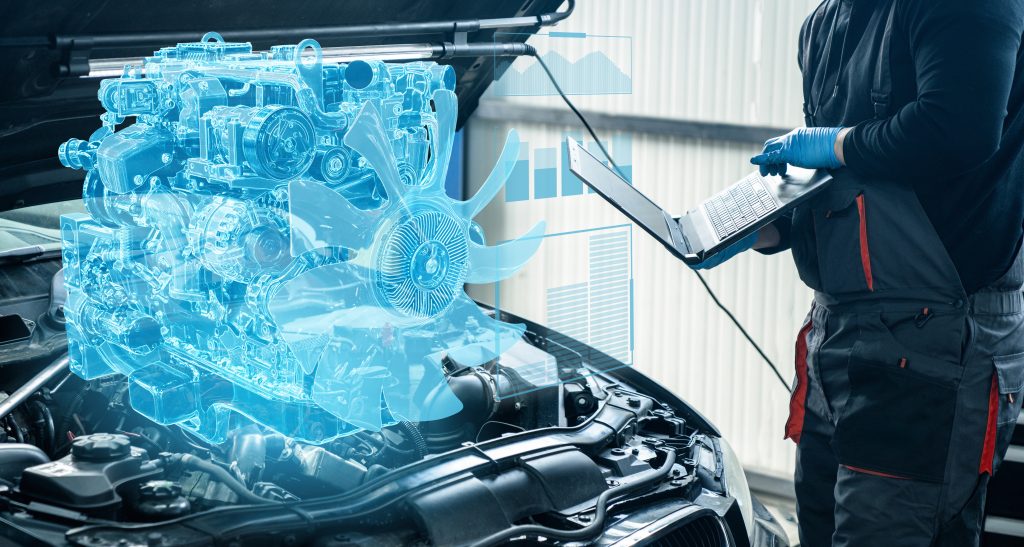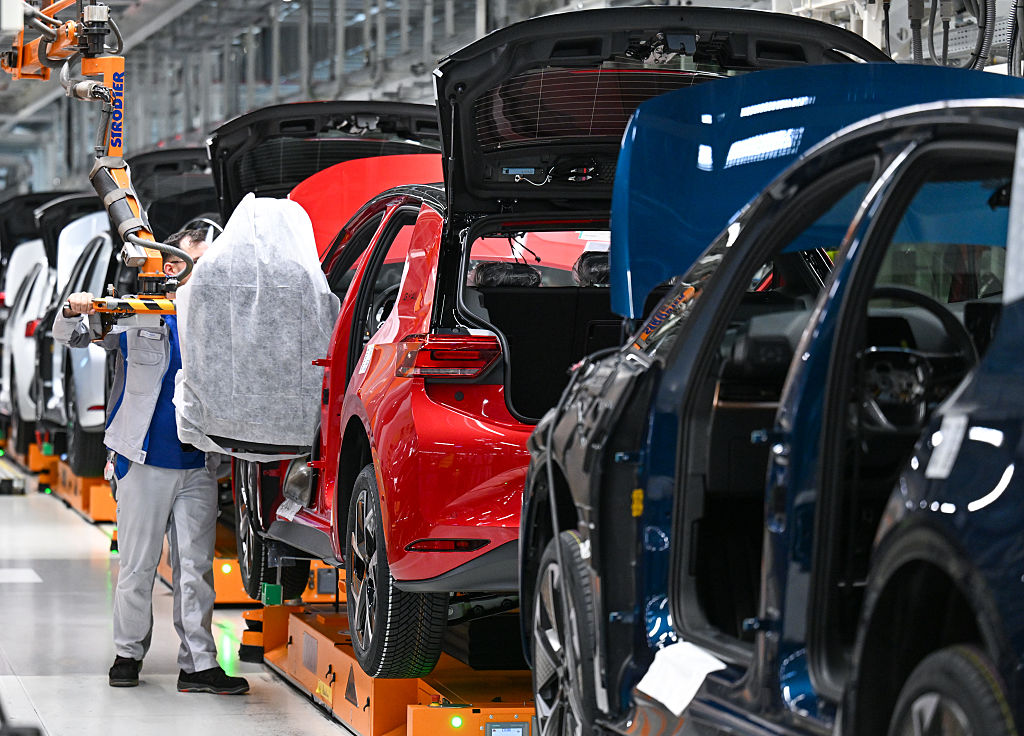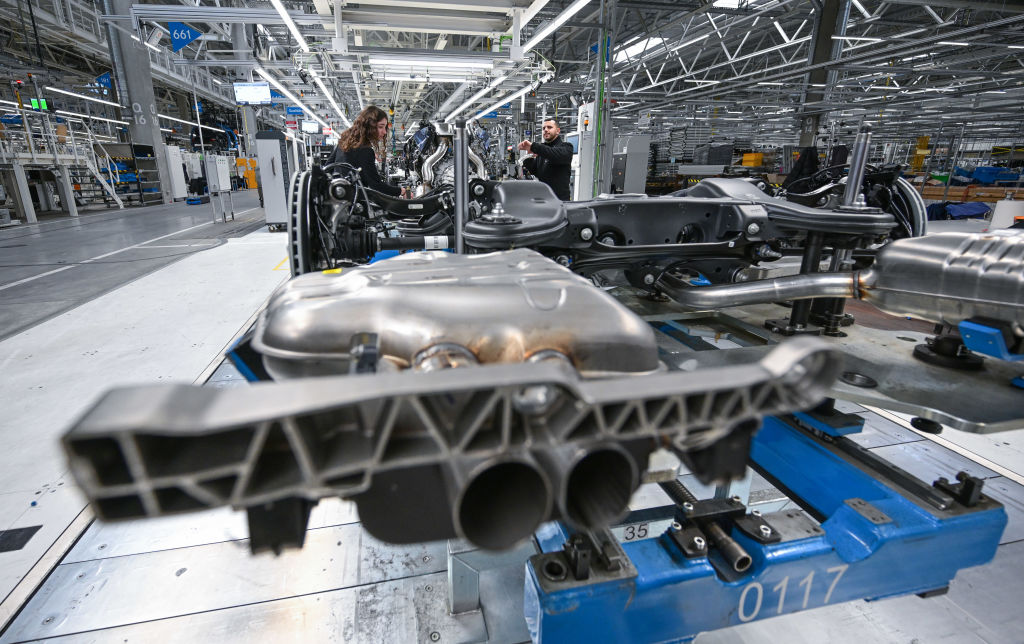The Automotive Aftermarket: An Untapped Powerhouse in Europe's Industrial Strategy
A month ago, FIGIEFA hosted a hybrid event with Euractiv entitled 'The Automotive Aftermarket: A Cornerstone for Europe's Industrial and Mobility Future'. In it, the European association of independent automotive parts distributors and wholesalers reaffirmed the readiness of the entire Independent Aftermarket (IAM) to collaborate closely with EU institutions in a successful implementation of the European Commission's Automotive Industrial Action Plan, emphasising that a future-proof European automotive strategy requires the recognition of the full lifecycle of vehicles, including the aftermarket.

A month ago, FIGIEFA hosted a hybrid event with Euractiv entitled ‘The Automotive Aftermarket: A Cornerstone for Europe’s Industrial and Mobility Future’. In it, the European association of independent automotive parts distributors and wholesalers reaffirmed the readiness of the entire Independent Aftermarket (IAM) to collaborate closely with EU institutions in a successful implementation of the European Commission’s Automotive Industrial Action Plan, emphasising that a future-proof European automotive strategy requires the recognition of the full lifecycle of vehicles, including the aftermarket.
Released on the 5th of March, this Action Plan is an important step toward ensuring Europe’s industrial competitiveness, supply chain resilience, and clean mobility. The plan rightfully acknowledges the transformation of the automotive industry, highlighting digitalisation, electrification, and sustainability as key drivers of change. However, while it contains several welcomed measures, it falls short in one crucial aspect: fully integrating the automotive aftermarket and vehicle lifecycle perspective.
At FIGIEFA, we firmly believe that the Independent Automotive Aftermarket (IAM) is not just an auxiliary sector but a key industrial and mobility enabler. With a market value of €240 billion in the EU in parts and labour alone, representing 62% of the total automotive aftermarket, our sector supports 4.3 million jobs. It ensures that 280 million European vehicles remain safe, efficient, and roadworthy. These numbers reflect not just economic strength but the essential role of the IAM in consumer trust, climate goals, and the circular economy.
Yet, the Action Plan does not go far enough in unlocking the full potential of this sector. Here’s where it must be strengthened:
1. Access to In-Vehicle Data: Progress, But Not Fast Enough
The inclusion of sector-specific legislation for in-vehicle data is a long-overdue step, but it still lacks a clear legislative commitment. The Data Act alone does not meet the needs of independent service providers who seek to develop digital mobility solutions. The Commission’s own impact assessment and draft proposal for an in-vehicle data access framework must be translated into concrete action without further delays. If Europe wants to lead in connected and autonomous mobility, a genuinely competitive data-driven ecosystem is needed, not one that reinforces existing market imbalances.
2. Circular Economy: A Missed Opportunity for Remanufacturing
The Action Plan acknowledges circularity but falls into the common pitfall of prioritising recycling over repairability and remanufacturing. While recycling is important, remanufacturing extends the lifespan of critical vehicle components, especially for EVs and their batteries, which remain one of the most significant cost and sustainability challenges. The “Battery Booster” initiative fails to address key repairability provisions, such as software updates and hardware longevity, leaving Europe exposed to excessive raw material dependency. If we are serious about reducing waste, lowering costs for consumers, and strengthening European industry, repairability must be a priority, and public funds should be linked to these criteria.
3. Competitive Fairness: Safeguarding Consumer Choice & Industry Innovation
The upcoming Motor Vehicle Block Exemption Regulation (MVBER) fitness check is a welcome development, but it must be more than just a formality. The current market dynamics, increasing digitalisation, and OEM-controlled ecosystems create new barriers for independent businesses. Europe’s mobility needs an updated and reinforced competition framework that ensures fair access to repair, maintenance, and digital services, preventing anti-competitive practices that could limit consumer choice and hamper industry innovation.
4. Skills & Workforce: A Future-Proof Plan Must Be Inclusive
While we support the Action Plan’s focus on skills and workforce transformation, these efforts must extend beyond vehicle manufacturers to include the entire automotive supply chain. The aftermarket and mobility services sectors also face a massive shift, requiring new expertise in digitalisation, automation, and electromobility. The Commission’s financial and training programs must reflect these realities, ensuring the IAM workforce is equally equipped for the future.
The Next Step: A Real Dialogue on Europe’s Automotive Future
The Automotive Industrial Action Plan is a solid starting point, but not yet the comprehensive, holistic strategy Europe needs. If we are to ensure a globally competitive, sustainable, and consumer-friendly automotive industry, the aftermarket must be recognised as a core pillar of the transition. We remain committed to helping the European Union navigate the current transformations and contribute to its industrial competitiveness and resilience.
Watch the discussion held on the 20 of March here.









